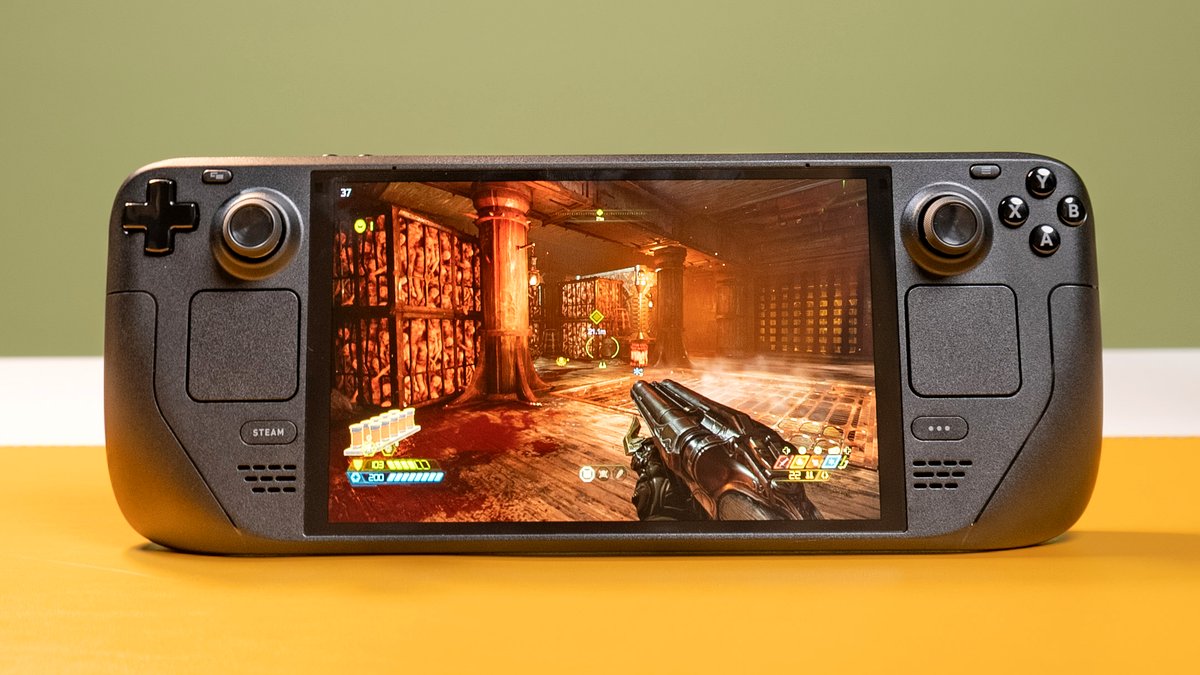Valve's anticipated Steam Deck 2 could share fundamental silicon architecture with PlayStation 6 and next-generation Xbox consoles through AMD's Magnus APU platform. This architectural convergence represents a pivotal shift in x86 handheld gaming development, potentially elevating portable gaming performance to console-equivalent levels while establishing new industry standards for silicon design efficiency.
Architectural Unification Strategy
AMD's Magnus APU emerges as a unified silicon solution designed to power multiple gaming platforms across different form factors. The chip features an innovative 11-core CPU configuration combining three Zen 6 cores with eight Zen 6c efficiency cores, paired with RDNA 5 graphics containing up to 70 compute units. This design philosophy prioritizes scalability across power envelopes, enabling the same fundamental architecture to serve both high-performance consoles and power-constrained handhelds.
The shared architecture approach fundamentally alters traditional platform development economics. Rather than creating bespoke silicon for each gaming system, AMD's strategy allows platform holders to differentiate through clock speeds, enabled compute units, and software optimization while sharing development costs and manufacturing capacity.
Technical Implications for Handheld Gaming
Steam Deck 2's potential adoption of Magnus architecture could deliver unprecedented performance improvements over current-generation x86 handhelds. The RDNA 5 graphics implementation promises 40-50% performance gains in conservative configurations, with potential doubling of performance under optimal conditions compared to current console hardware.
The architectural sharing creates natural optimization benefits for game developers. Titles developed for PlayStation 6 or next-generation Xbox would inherently run efficiently on Steam Deck 2, reducing the traditional performance gap between portable and console gaming. This convergence addresses a fundamental challenge in handheld gaming where developers must significantly downgrade experiences for portable hardware.
Market Positioning Through Silicon Strategy
Valve's alignment with console-grade silicon positions Steam Deck 2 uniquely among x86 handheld competitors. While manufacturers like ASUS, MSI, and Lenovo pursue incremental improvements with mobile-focused APUs, Valve's potential console silicon adoption creates clear performance differentiation.
This strategy also validates Valve's premium pricing approach for future hardware. Console-equivalent architecture justifies higher price points while maintaining value proposition through performance parity with traditional gaming systems. The approach contrasts sharply with competitors trapped between mobile chip limitations and escalating pricing pressures.
Industry-Wide Ramifications
The Magnus platform's multi-system deployment could accelerate x86 handheld gaming market maturation. Shared architecture reduces entry barriers for new manufacturers while establishing performance baselines that mobile-focused chips cannot achieve. This standardization mirrors the console industry's evolution toward common architectures that simplify development while enabling platform differentiation.
AMD's unified approach also pressures Intel and potential ARM competitors to develop scalable gaming architectures rather than discrete solutions for different market segments. The efficiency gains from shared development and manufacturing could establish new industry norms for gaming silicon design, particularly as handheld gaming continues expanding market share.
The Steam Deck 2's architectural convergence with next-generation consoles represents more than technical evolution—it signals the handheld gaming market's transition from experimental niche to mainstream gaming platform deserving console-equivalent silicon investment.
Sources
- Tom's Guide: "Steam Deck 2 rumored to be in the works — and it may arrive with a massive AMD APU upgrade by Ryan Morrison"
- NotebookCheck: "Updated AMD Magnus specs leak: Next Xbox or PS6 APU to pack RDNA 5 iGPU with 13.3% more CUs than PS5 Pro by Fawad Murtaza"
- PC Games N: "Steam Deck 2 release date estimate and latest specs by Christian Vaz"
- Wccftech: "PlayStation 6 & Next Xbox Will Use AMD Zen 6 'Magnus' APU With 11 Cores & 384-Bit Memory Bus by Hassan Mujtaba"
Note: All sources have been verified for accuracy and editorial standards compliance.
